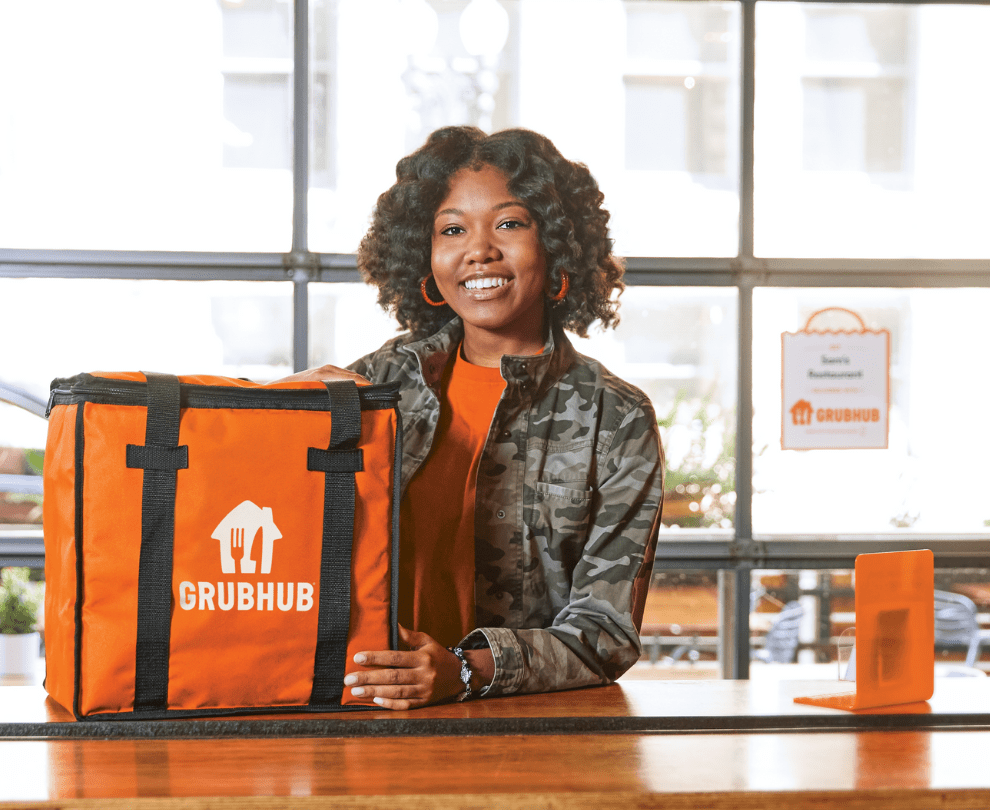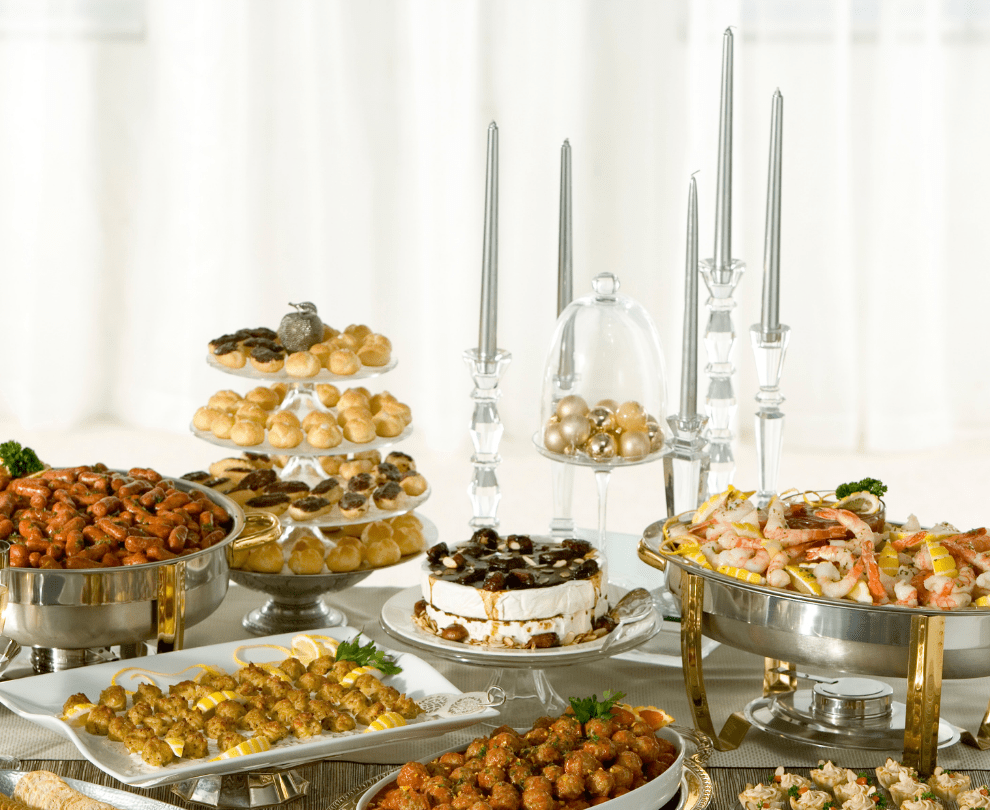Sign up for restaurant insights
Opening a restaurant takes a great deal of planning, preparation, and money. But how much does it actually cost? The answer varies — according to one Restaurant Owner survey, restaurant start-up costs can range anywhere from $175,500 to $750,500. Your actual investment will vary based on a number of factors, including the restaurant’s size, location, and concept.
Whether you’re writing a business plan or determining the viability of a new restaurant, calculating start-up costs is one of the first steps. By projecting expenses accurately, it’s easier to secure a business loan, estimate operating costs, and maximize profit margins down the road.

Restaurant expenses to be aware of
In general, you can expect most restaurant start-up costs to fall into a few key categories.
Commercial property
Property is often one of the biggest expenses for new restaurants. The monthly rent or purchase price for a small business will depend on factors that include:
- Building size
- Location
- Existing amenities
- Ease of access
- Desirability
Renting a space? Include a few months’ rent in your restaurant start-up costs; that gives you time for renovations, decorating, and training. You can also expect to pay a deposit as part of the commercial lease agreement. There’s often room to negotiate — try leveraging a solid credit score or a successful restaurant business track record to reduce the deposit. The landlord may also be willing to make concessions if the space has been sitting empty for a few months or needs a great deal of work.
If you’re buying a restaurant, you won’t have to hand over the entire purchase price up front. However, you should anticipate a down payment of about 15% to 35% plus a few months of loan payments.
Permits and licenses
Before you can open a restaurant, you need a variety of local, state, and federal licenses and permits. Want to do construction? Factor building permits into the mix. Every time you apply for a new license or permit, expect to pay a fee.
Those costs can add up quickly, especially for a small business. Take the liquor license, which has an average cost of $1,500. Laws in some areas drive prices much higher — in New Jersey, for example, a liquor license can be as much as $1 million.
Repairs, renovations, and interior decorating
Most new restaurants require a certain amount of renovation. Even if your commercial space was formerly a restaurant business, you’ll probably need to make changes to suit the new concept.
The kitchen, in particular, can come with high-ticket renovations. States have specific requirements for commercial kitchens — the fire safety equipment, ventilation, plumbing, grease collection, and food storage must be up to code. A full restaurant kitchen can easily cost more than $100,000.
As you assess start-up expenses, include common renovations:
- Paint
- Flooring
- Windows
- HVAC
- Lighting
- Bathroom equipment
If you’re planning a whole new aesthetic, you’ll also have costs for wallpaper, wall hangings, and new fixtures.
Restaurant equipment
Equipment is another major expense for a new restaurant. First, there are the major purchases:
- Stoves
- Ovens
- Fryers
- Refrigerators
- Freezers
- Dishwasher
- Tables and chairs
- Reception desk
- Bar
- Food prep areas
Then, you’ll also need to buy the smaller pieces of kitchen equipment that keep the restaurant running: dishes, utensils, pots and pans, serving items, specialty cooking implements, and food storage containers. Don’t forget about expenses for napkins, table linens, and glassware. To save money, many restaurant owners buy secondhand equipment.
Restaurant technology
Modern restaurants run on technology. At a minimum, you should invest in a point-of-sale system (POS) and a kitchen display system (KDS). Look for a POS system that integrates easily with third-party delivery and takeout platforms; it’ll make your life easier when you add services. You’ll also need equipment such as a cash register and a payment processor — ideally, one that’s compatible with contactless payments and digital wallets such as Apple Pay.
Other technology product expenses to consider include:
- Self-ordering kiosks
- Reservation system
- Restaurant management software with inventory management
- Employee scheduling software
- Digital loyalty program
Additional start-up expenses
The costs above represent the major expenses associated with starting a restaurant. Before you can open your doors, you’ll also need to spend money on:
- Labor costs
- Food cost
- Advertising and marketing costs
- Business insurance
- Variable costs (utilities, repairs, and supplies)
Some restaurant concepts come with added expenses. If you intend to host live music every night, your start-up costs might include band fees, stage construction, and sound equipment. Go through your business plan in detail — use our restaurant business plan template to help — to find other hidden costs.
Cost-effective alternatives to opening a brick-and-mortar restaurant
Upon calculating start-up expenses, you might find that a full-fledged restaurant is financially out of reach. That doesn’t mean you can’t still launch a food-service business — you may simply have to consider an alternative to the traditional restaurant industry. Three popular options include:
- Ghost kitchens. This type of small business is effectively a restaurant without a storefront; it offers food only for delivery, usually through third-party platforms such as Grubhub. You can run a ghost kitchen out of an existing restaurant in the off-hours or rent a space in a commercial kitchen. While you won’t need to buy equipment, you’ll still need licenses and permits to operate legally.
- Food truck. Are you interested in both food service and customer interaction? A food truck allows you to do both but on a smaller scale than a restaurant. Start-up costs are lower, especially if you can find a used vehicle with built-in kitchen equipment. If you can work within the constraints of a food truck, it can be a great opportunity to build a following, sell at different events, and experiment with menu items.
- Cottage food business. If your state allows, you can make and sell food at events, including farmers markets, festivals, and other community events. Equipment requirements are limited, but make sure to read the rules carefully; they typically restrict what you can sell, how it must be packaged, and how much money you can make each year.
Make delivery one less thing to worry about
Opening a restaurant comes with a variety of high up-front costs. Delivery shouldn’t be one of them — Grubhub offers a cost-effective way to provide fast, professional delivery, all without paying drivers or hiring extra staff. As a new restaurant owner, you’ll also benefit from our helpful resources and marketing support. Want to see how it fits into your restaurant business model? Get started with Grubhub today.




